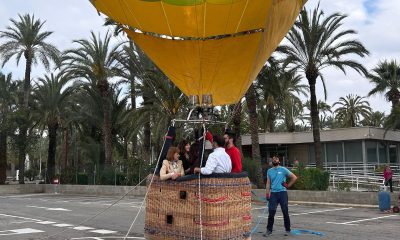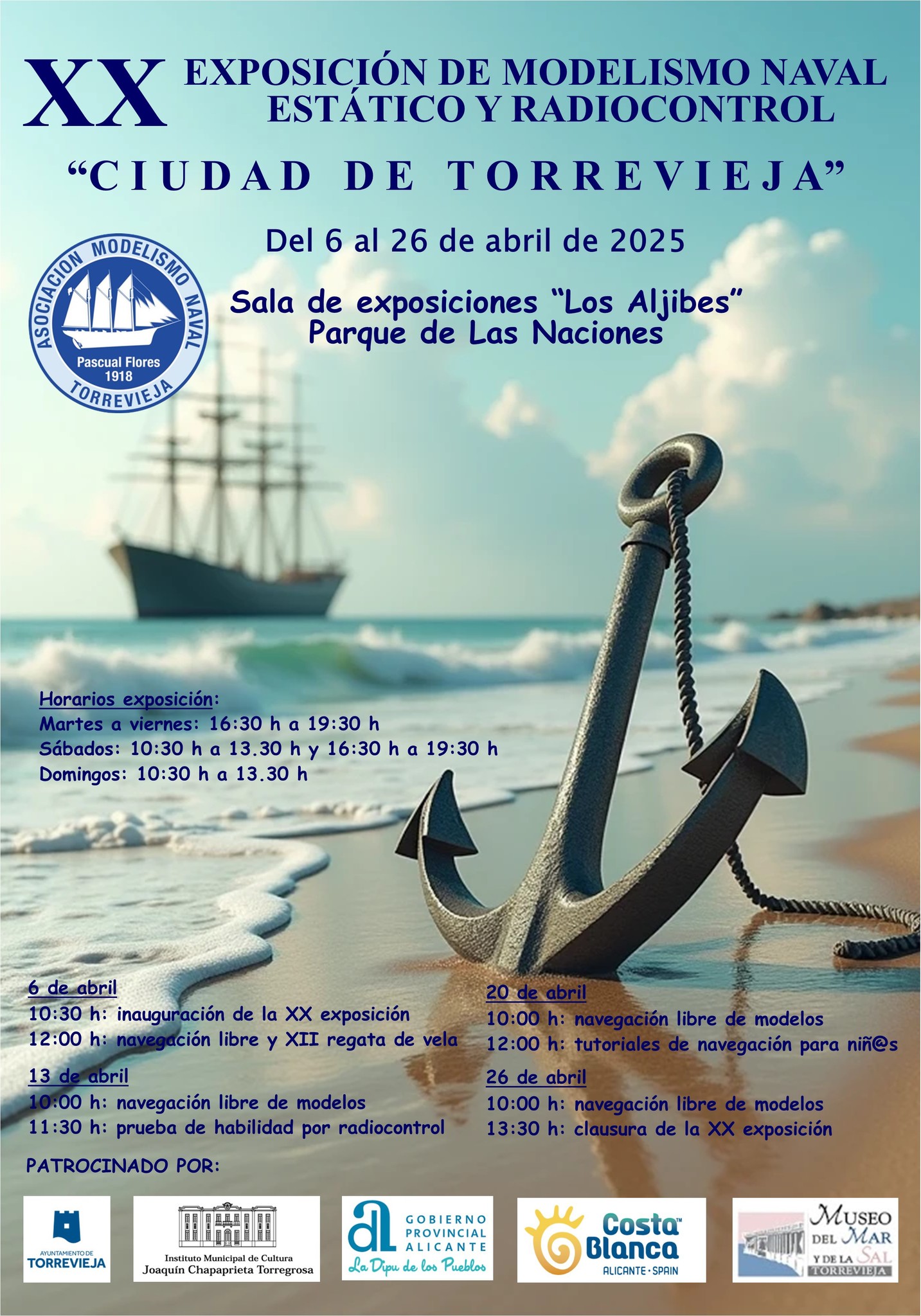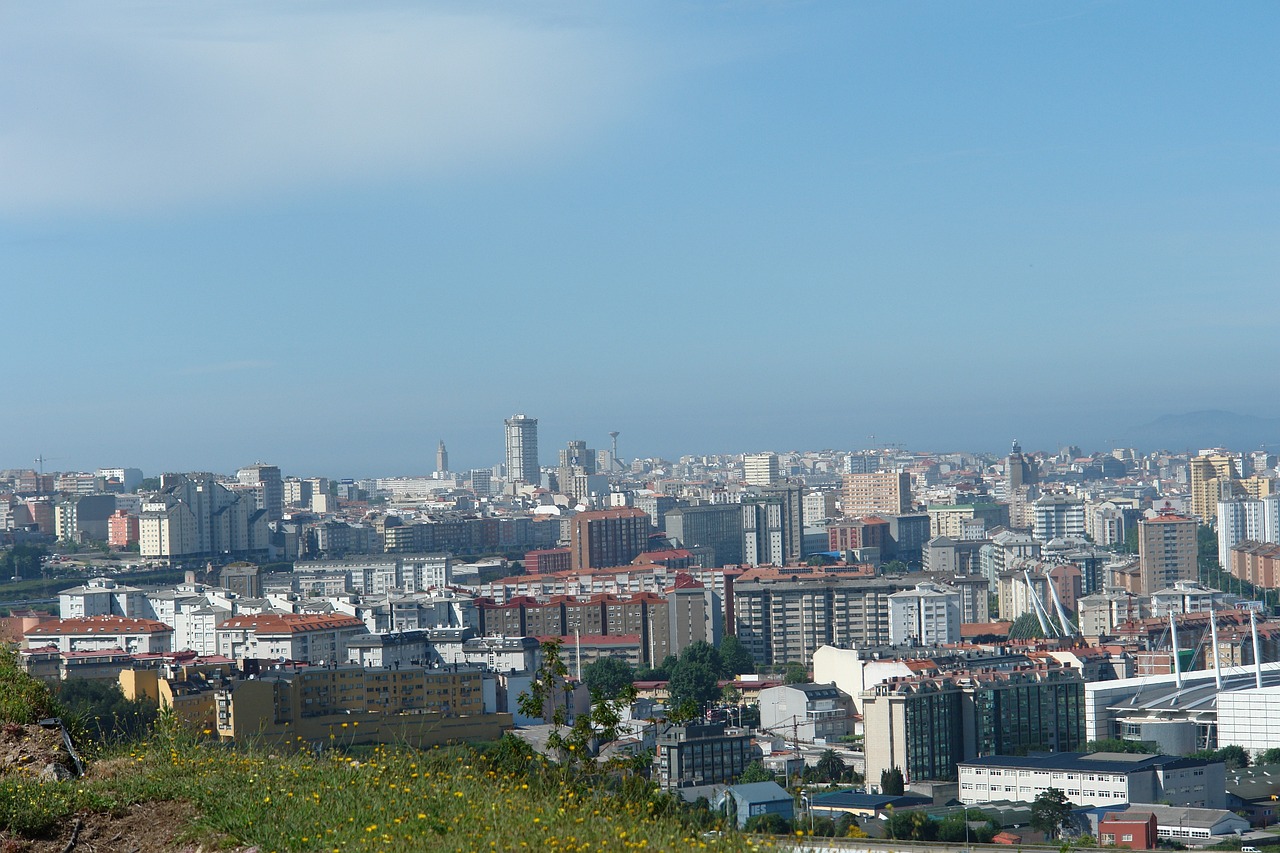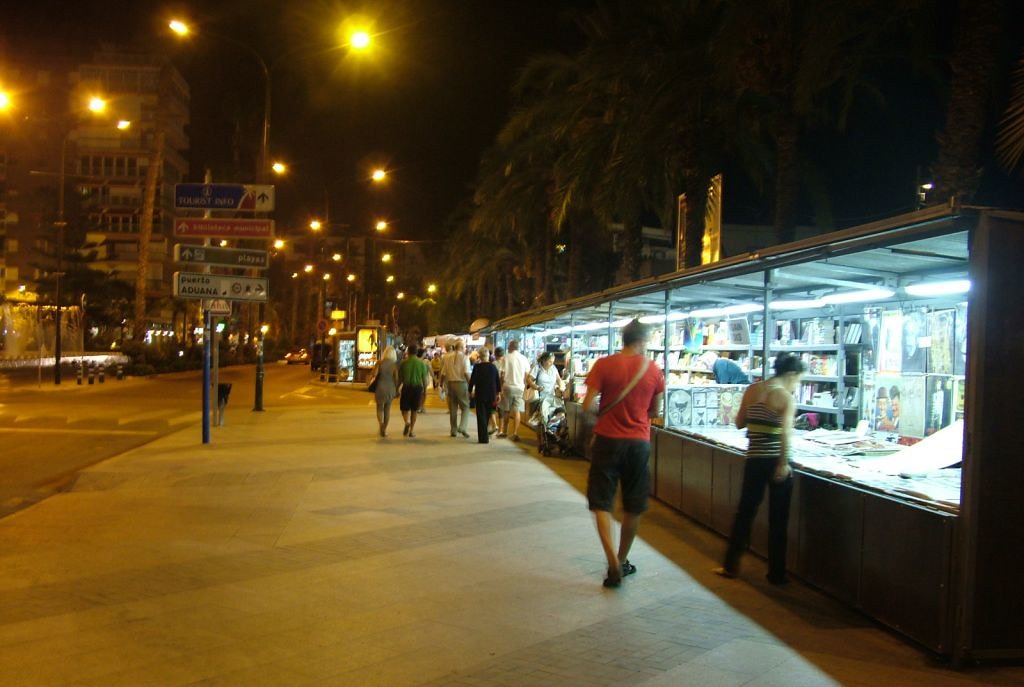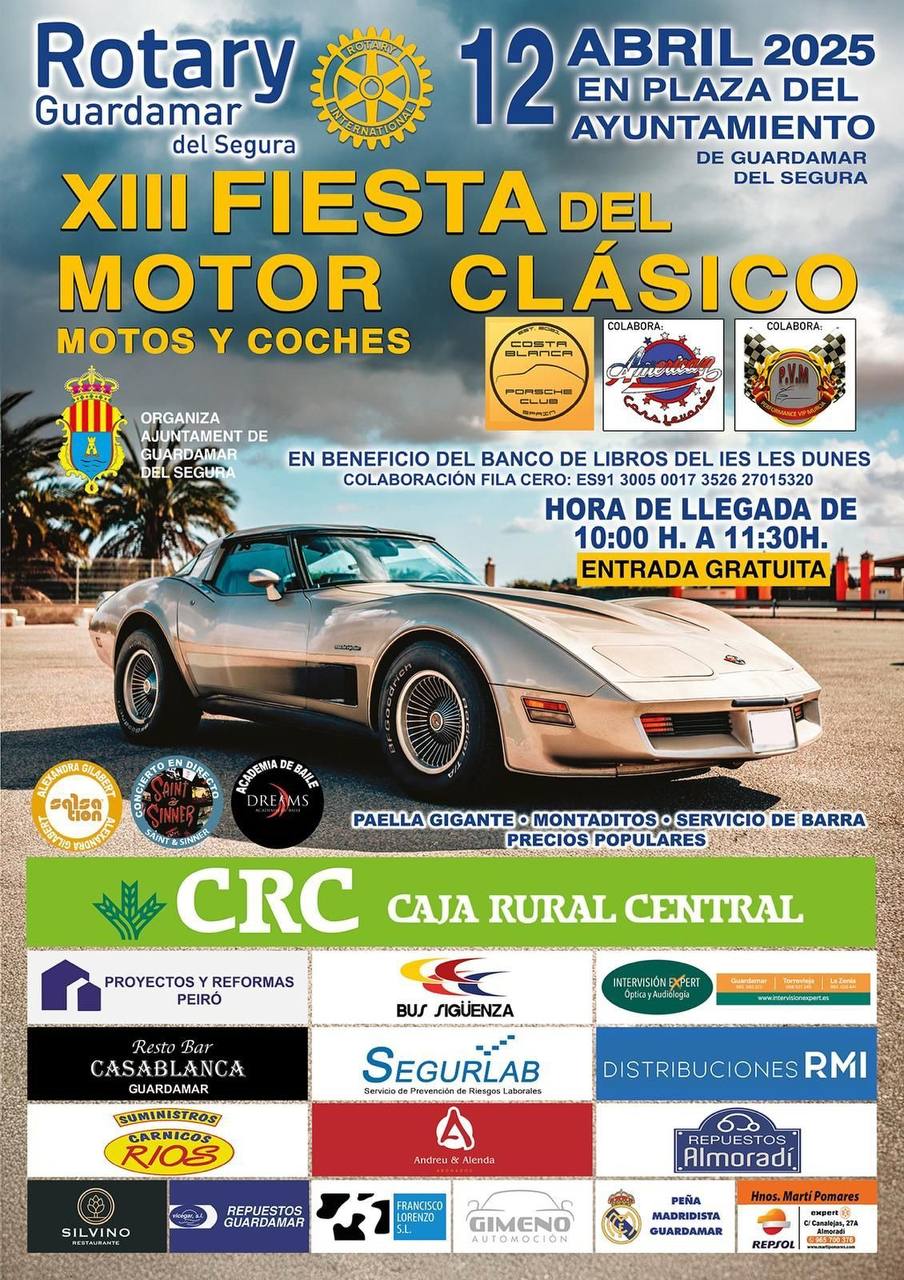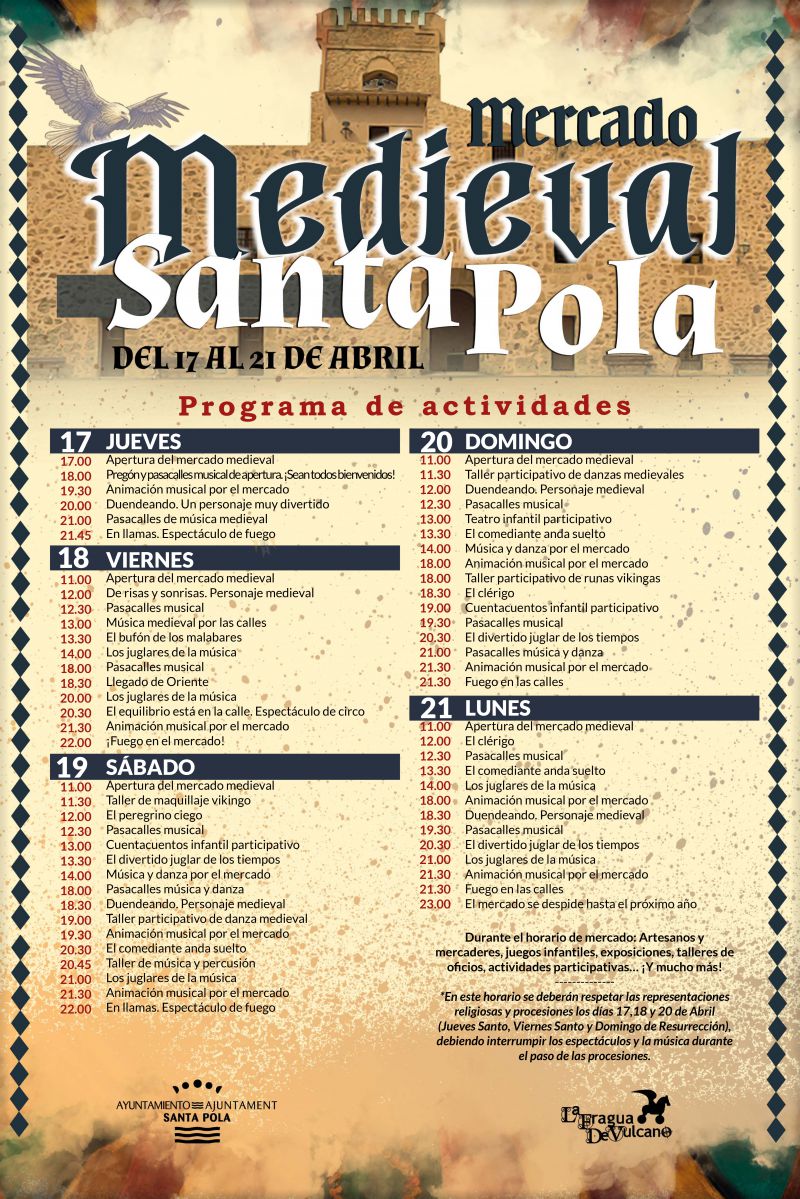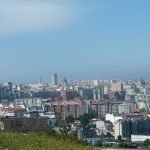Costa Blanca
The Alicante Tourist Board website now available in seven languages

The Alicante Tourist Board has updated its website to add “more information, make it more accessible, adapt it to mobile devices, and be available in seven languages, after incorporating Chinese and Polish.”
Ana Poquet, the councillor for the area, unveiled the new site yesterday, Monday April 14th. She described it as “a Tourist Office that is open 24 hours a day, seven days a week, and serves as a showcase of Alicante’s offerings.”
The councillor emphasised that the new website is designed to be more practical, intuitive, and user-friendly. She also mentioned that visitors can begin planning their trip from the comfort of their homes and continue to consult the website while at their destination to obtain additional information about places to visit and plans to make.
The Tourist Board’s website has been enhanced with the addition of “new sections, improved design and interface, and particularly accessibility, as well as new functions to adjust the size and format of the letters”, among other enhancements.
Furthermore, it includes an updated municipal agenda and “bets on transparency in everything related to the administration and processing of the tourism sector, with more functionalities and possibilities” to facilitate the execution of these actions via the internet.
One of the new sections is “Alicante in three days,” which is designed for travellers who are visiting the city for a weekend and require a comprehensive guide to the city’s cultural attractions, gastronomy, nature, beaches, shopping, and emblematic locations that are “not to be missed.”
In addition to it, the generic sections “What to do” and “What to see” provide “all the practical information about the city’s offering, which also includes accommodation and hospitality.”
Poquet has underscored “the Tourism Board’s dedication to sustainability as a strategic axis,” in addition to accessibility. Consequently, the new website provides comprehensive and up-to-date information on the beaches and natural spaces.
It contains the address, schedules, rules of usage, recommendations, and features. Additionally, visitors are provided with recommendations to mitigate their environmental impact during their visit.
The website www.alicanteturismo.com is now accessible in seven languages, including Chinese and Polish versions in addition to the five existing languages: Spanish, Valencian, English, French, and German.
These two additions are in response to the “strength of Polish tourism in the city in recent years, already occupying the sixth place as an issuer” and, on the other hand, because Chinese is “the language most talked about in the world and a tourist market that is going to be strengthened”, as Poquet has defined from the Board of Trustees.
By 2024, the website experienced a 23 percent increase in traffic compared to the previous year, reaching 1.8 million visitors (up from 1.5 million in 2023). A 45% increase is anticipated.
This figure is expected to rise to 2.2 million by 2025.
Discover more from Costa Blanca Daily
Subscribe to get the latest posts sent to your email.
Costa Blanca
Construction process starts for cycle-pedestrian walkway over the AP-7 at La Regia on the Orihuela Costa
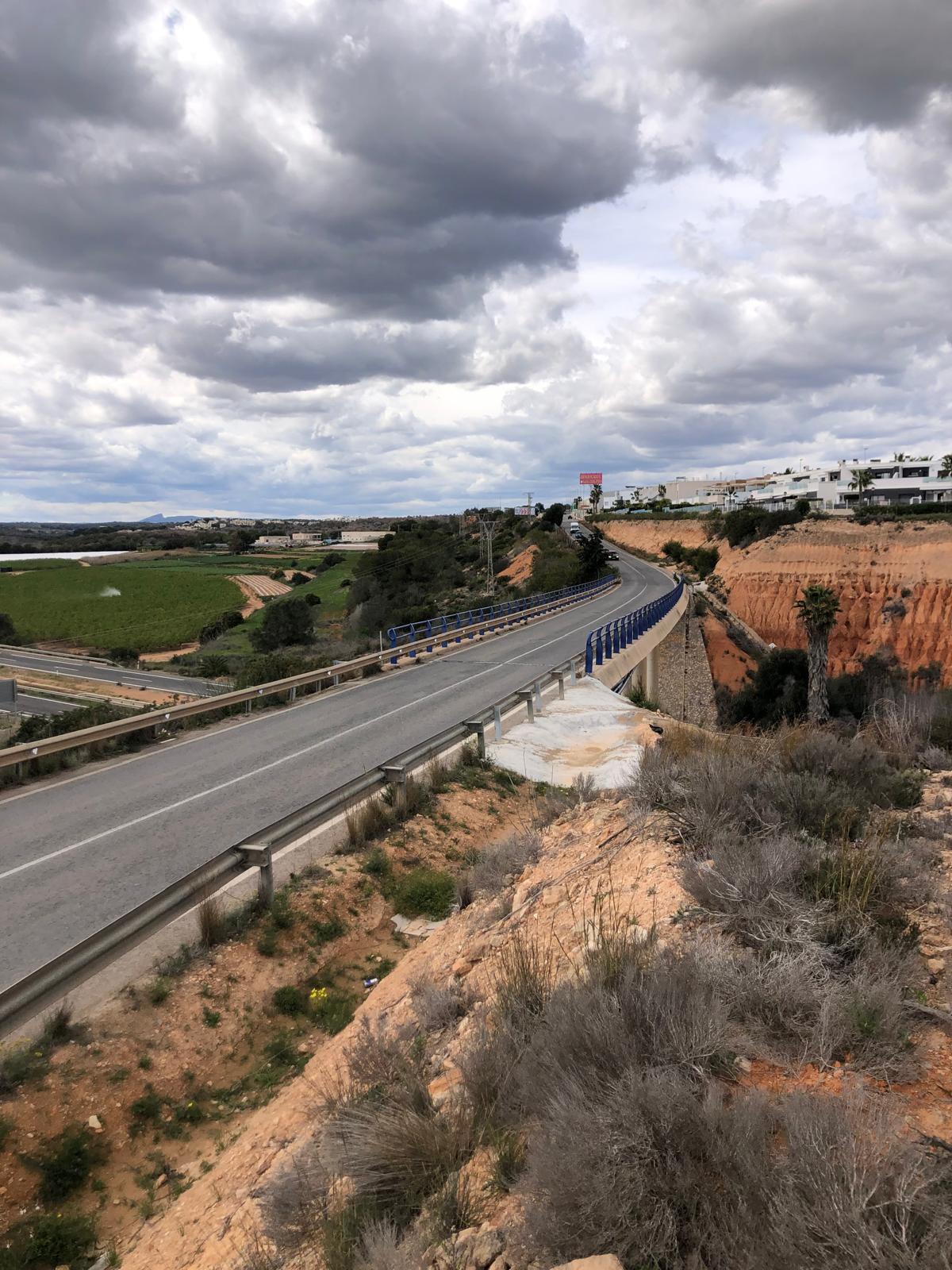
Matías Ruiz, the Councillor for Urban Planning, and Víctor Valverde, the Councillor for Infrastructure, have announced that the cycle-pedestrian viaduct over the AP-7 and its connection to Calle Creus-Crta. San Miguel has been subject to a tender process. “We have successfully unblocked the process to ensure that the construction project for this footbridge, which has been highly requested by coastal residents for many years, can be realised as soon as possible,” Valverde stated.
The objective of this contract is to establish the services necessary for the draughting of the construction project, as well as the geotechnical and environmental studies and the topographical survey. The technical specifications consist of a preliminary study (geological and geotechnical studies, environmental studies, and a topographical survey of the surrounding area), a comprehensive construction execution project that has been agreed upon and approved by the Ministry of Transport and Sustainable Mobility; a Health and Safety Study, a Construction Waste Management Study, a Quality Control Plan, a document that establishes standards for the maintenance and upkeep of the footbridge, and any supplementary technical documents necessary for the completion of procedures and the acquisition of permits and authorisations.
Similarly, Matías Ruiz stated that the project’s objective is to create a cycle-pedestrian promenade that ensures permeability while maintaining a sufficient level of safety. A comprehensive solution must be achieved by adapting the configuration (plan, elevation, and typical section) to connect it to the access ramps of the existing municipal road system. In reality, the structural solution will take into account mixed cycle-pedestrian use, with a minimum unobstructed width of 1.8 m and a two-way cycle lane of at least 2.5 m.
In addition, LED lighting will be implemented to ensure that the roadway is suitable for pedestrian and cyclist traffic, and the promenade is designed to complement the urban environment. A lighting study will be conducted to guarantee that the lighting is sufficient.
The successful bidder will undergo a preliminary study phase and the actual draughting of the construction project in relation to the description of the works. Matías Ruiz clarified that the design criteria will be aesthetic, constructive, durable, functional, economic, and environmental, with the technical considerations imposed by the Highway Department being fundamental.
We expect to complete the contract within four months for a total of €86,344.43, including VAT. The estimated cost of the footbridge construction is €1,370,000.
Discover more from Costa Blanca Daily
Subscribe to get the latest posts sent to your email.
Costa Blanca
What happens if you overtake the Guardia Civil on the road?
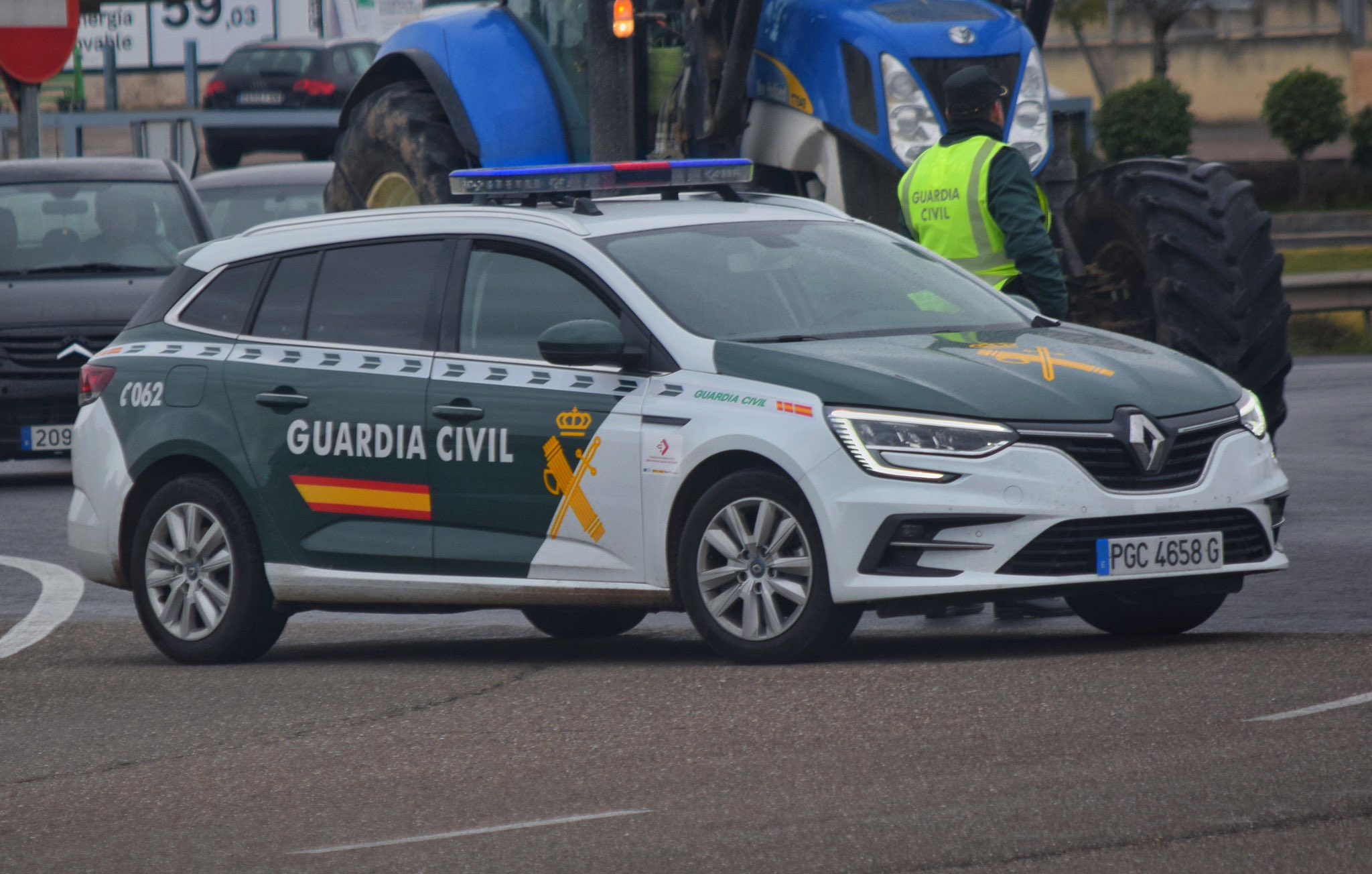
It is highly probable that you have encountered a Guardia Civil vehicle at some point and have contemplated whether or not to overtake it. The DGT’s recommendation and the consequences of doing so are as follows.
It is crucial to have a clear understanding of how to respond to the authorities. Therefore, what are the consequences if you overtake the Guardia Civil on the road? Well, the Directorate General of Traffic has a clue.
It is probable that you encountered a Guardia Civil vehicle while travelling. At that moment, you are uncertain as to whether you will be able to succeed. There is no need for concern, as this type of situation is a relatively common occurrence.
It is a relatively prevalent occurrence in rural areas, where the Guardia Civil is more prevalent, on secondary roads.
There are numerous drivers who are apprehensive about passing a Guardia Civil vehicle. Nevertheless, there is no regulation prohibiting the overtaking of official vehicles. This includes not only vehicles belonging to theGuardia Civil, but also those belonging to the National Police and the Army.
The initial response is affirmative. As we have previously noted, the General Traffic Regulations do not prohibit overtaking the Guardia Civil at any time. Passing these vehicles is not detrimental. This is true only if you adhere to the traffic regulations.
In reality, it is a prevalent practice among numerous motorists to abruptly decelerate when they observe a Guardia Civil vehicle, which can be hazardous to the vehicles in their rearview mirrors. That can result in a fine.
In the same vein, if you exhibit unusual behaviour while driving that could impede traffic or arouse suspicions among officers, they may halt you to determine whether there is a problem or if everything is in order.
Nevertheless, it is imperative to consider the law when overtaking any vehicle, not just a Guardia Civil vehicle. Drivers are required to respect the maximum speed limit of the road they are on: On motorways and dual carriageways, the speed limit is 120 km/h, while on secondary highways, it is 90 km/h.
Consequently, if you attempt to outpace a Guardia Civil vehicle travelling at 90 km/h on the highway, you will be subject to a fine. However, the same principle applies when a radar or Pegasus helicopter detects a vehicle surpassing another. There is no issue if the vehicle is travelling at a reduced speed.
The DGT’s hint
According to the DGT, “overtaking is the act of passing another moving vehicle, which is travelling at a slower speed, in front of the vehicle you are operating.” Generally, you should overtake on the left side of the vehicle you intend to overtake.
Overtaking is a complex manoeuvre that entails a moderate level of risk, particularly on secondary roads, as it necessitates the temporary occupation of the opposite lane.
Consequently, overtaking is only permissible at designated locations when traffic signs authorise it. The DGT suggests that the safety rule “rearview mirror – signal – manoeuvre” be implemented in this context, with the awareness that quicker vehicles may be approaching from behind.
It is crucial to bear in mind that the Traffic Department has eradicated the additional 20 km/h margin for overtaking on conventional roads since the end of 2021. Consequently, the utmost permissible speed is 90 km/h, and it is prohibited to exceed it to overtake another vehicle.
Discover more from Costa Blanca Daily
Subscribe to get the latest posts sent to your email.
Costa Blanca
Alicante-Elche Airport records nearly 1.5 million passengers in March

In March, Alicante-Elche Miguel Hernández Airport registered 1,475,739 passengers, marking a 16.4% increase from the same month in 2024. The increase marks the third consecutive record month for the airport. It is important to note that Easter 2024 occurred in March, as opposed to April of this year.
The Elche airport’s international market remains the dominant force, with an 18.2% increase in March to 1,274,566 registered passengers. The domestic traffic recorded 199,917 passengers, representing a 6% increase. This is in comparison to the same period last year and to commercial traffic.
In March, the United Kingdom was the leading international market, with 502,586 passengers. The Netherlands, Germany, Poland, and Belgium followed, with 97,869, 95,729, 88,584, and 81,616 passengers, respectively.
The airport also set a monthly record in March, with a total of 9,396 operations, a 19.1% increase from the same month in 2024. This data pertains to flights.
Alicante-Elche Miguel Hernández Airport recorded a total of 3,699,742 passengers during the first quarter of the year, which is a 14.6% increase from the same period last year. These same months saw a total of 24,094 movements, a 16.2% increase over 2024. This data pertains to flights.
Discover more from Costa Blanca Daily
Subscribe to get the latest posts sent to your email.
-

 Costa Blanca2 weeks ago
Costa Blanca2 weeks agoBefore Easter, the new road through La Hoya should open
-

 News2 weeks ago
News2 weeks agoTwo firefighters dead and 15 injured in a garage fire in Alcorcón
-
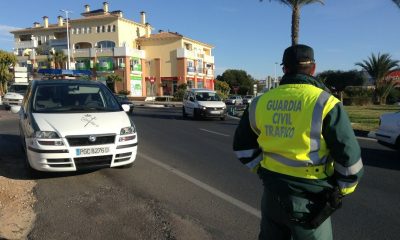
 Costa Blanca1 week ago
Costa Blanca1 week agoThis week the DGT will issue over 64,000 speeding tickets
-

 Costa Blanca1 week ago
Costa Blanca1 week agoSix arrested for the use of AI to defraud over 19 million euros
-

 Costa Blanca2 weeks ago
Costa Blanca2 weeks agoThis weekend Alicante will be visited by three NATO ships
-

 Costa Blanca2 weeks ago
Costa Blanca2 weeks agoWhat is the reason for the disappearance of Chinese bazaars in Spain?
-

 Costa Blanca1 week ago
Costa Blanca1 week agoFire in Benidorm sees two being treated for smoke inhalation
-

 Costa Blanca1 week ago
Costa Blanca1 week agoBeware if you receive an orange envelope in your postbox









